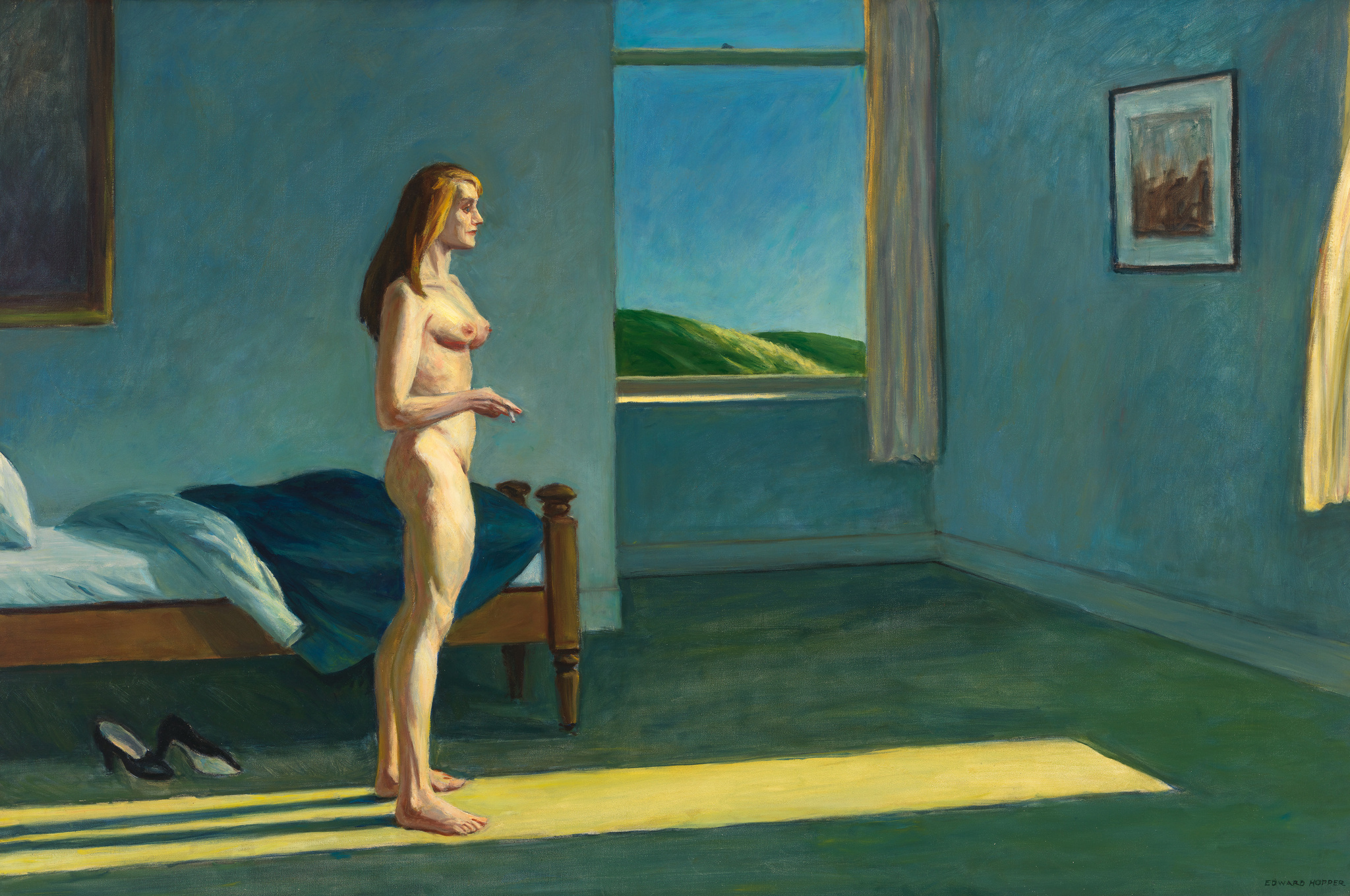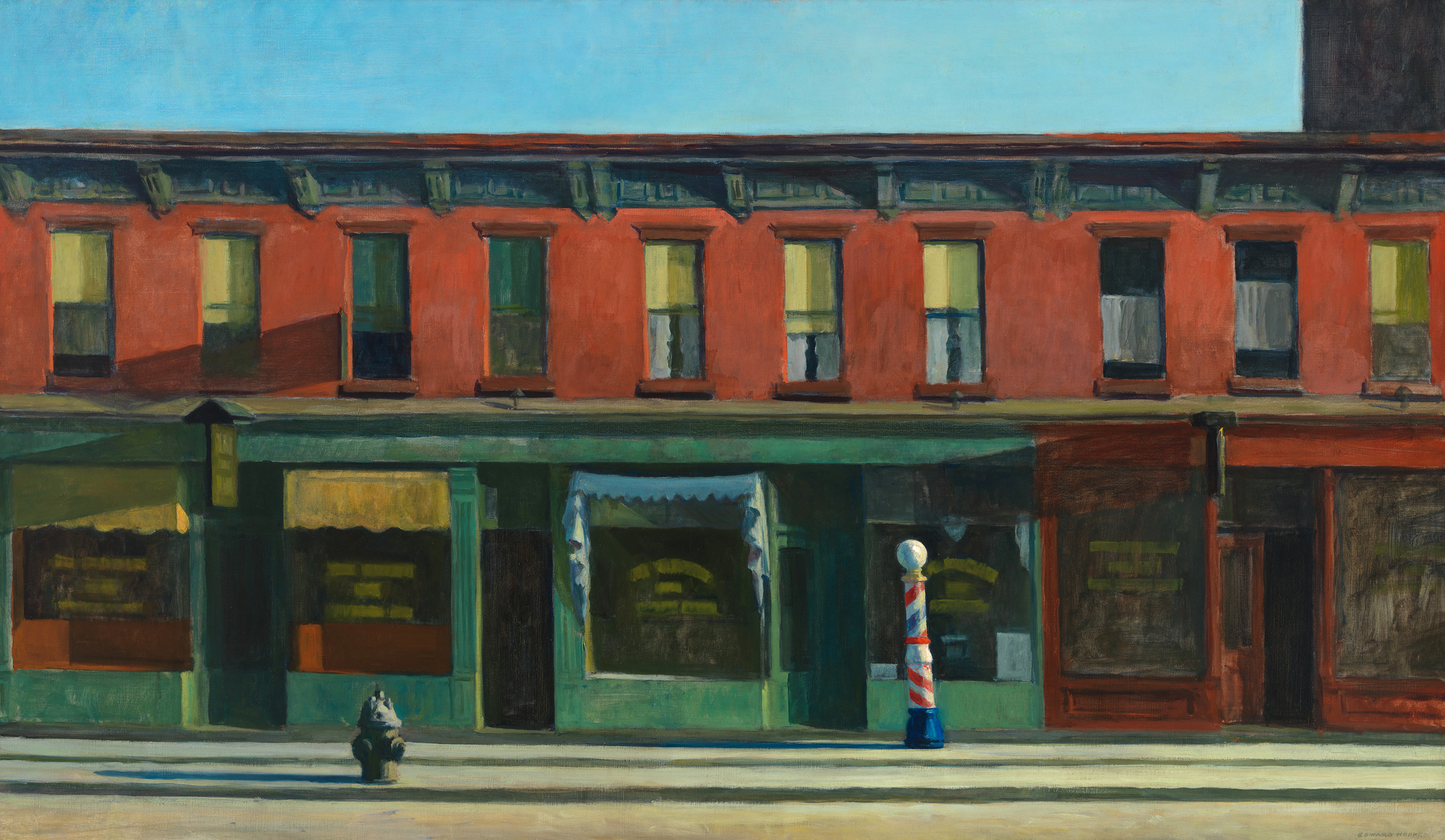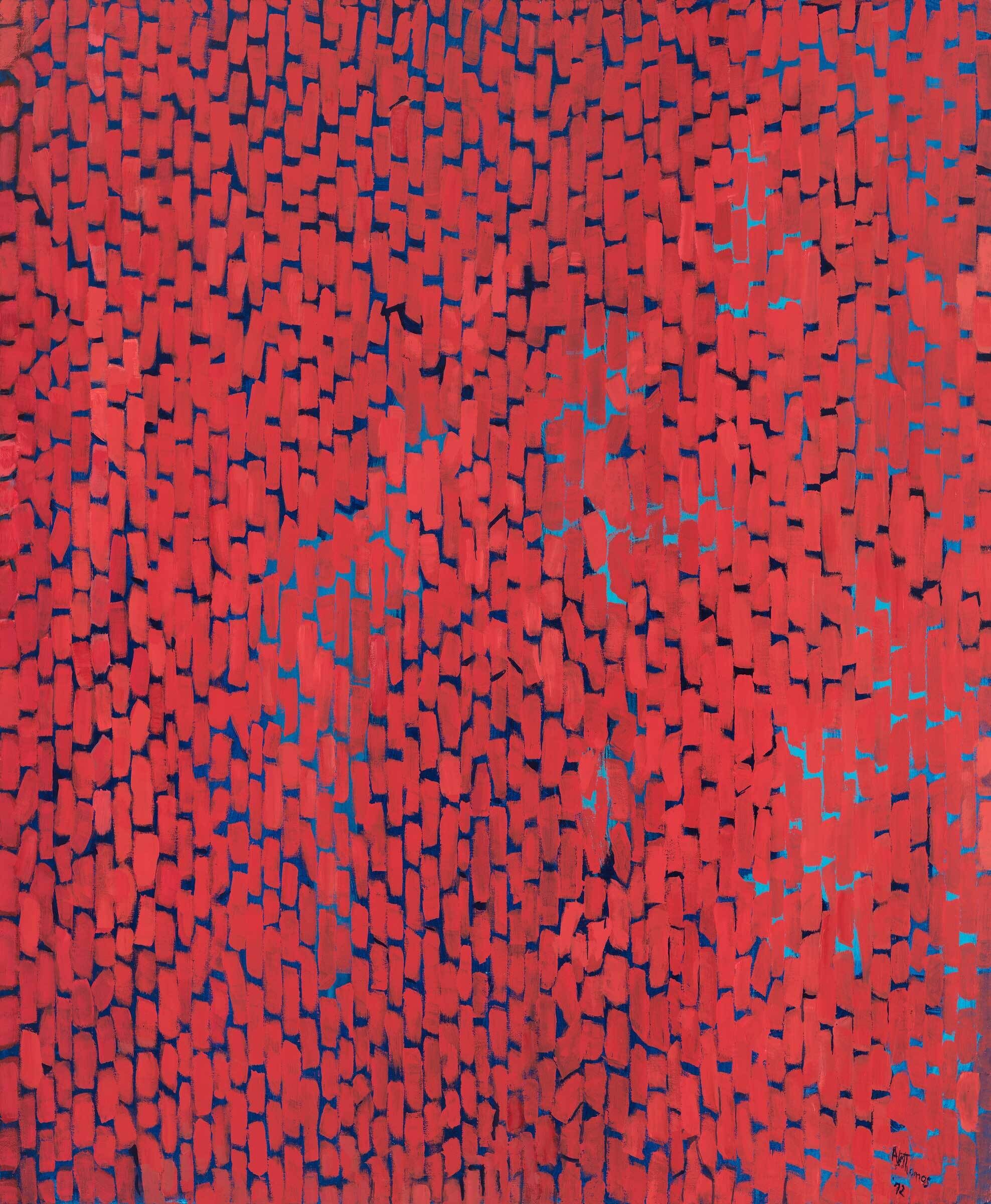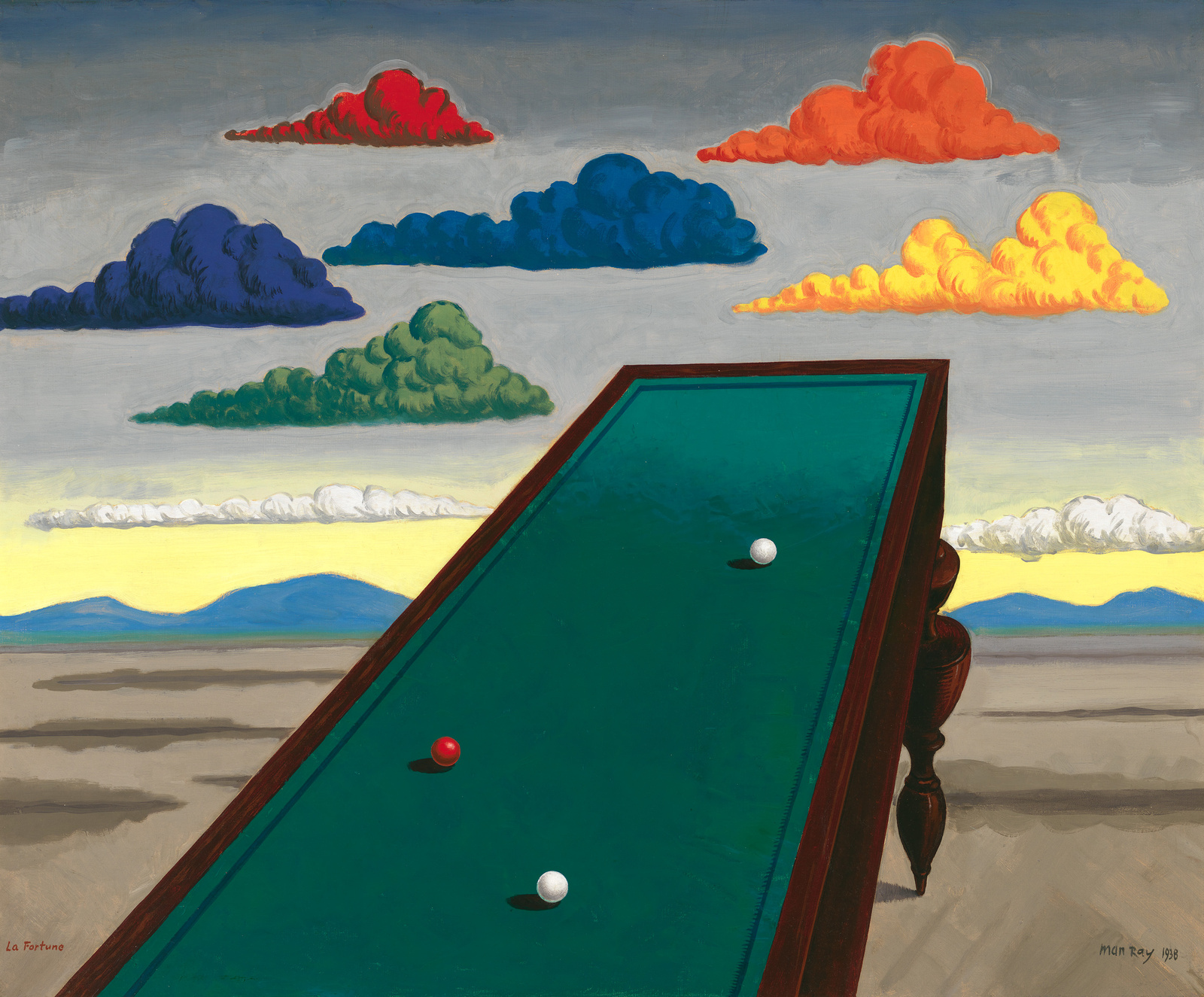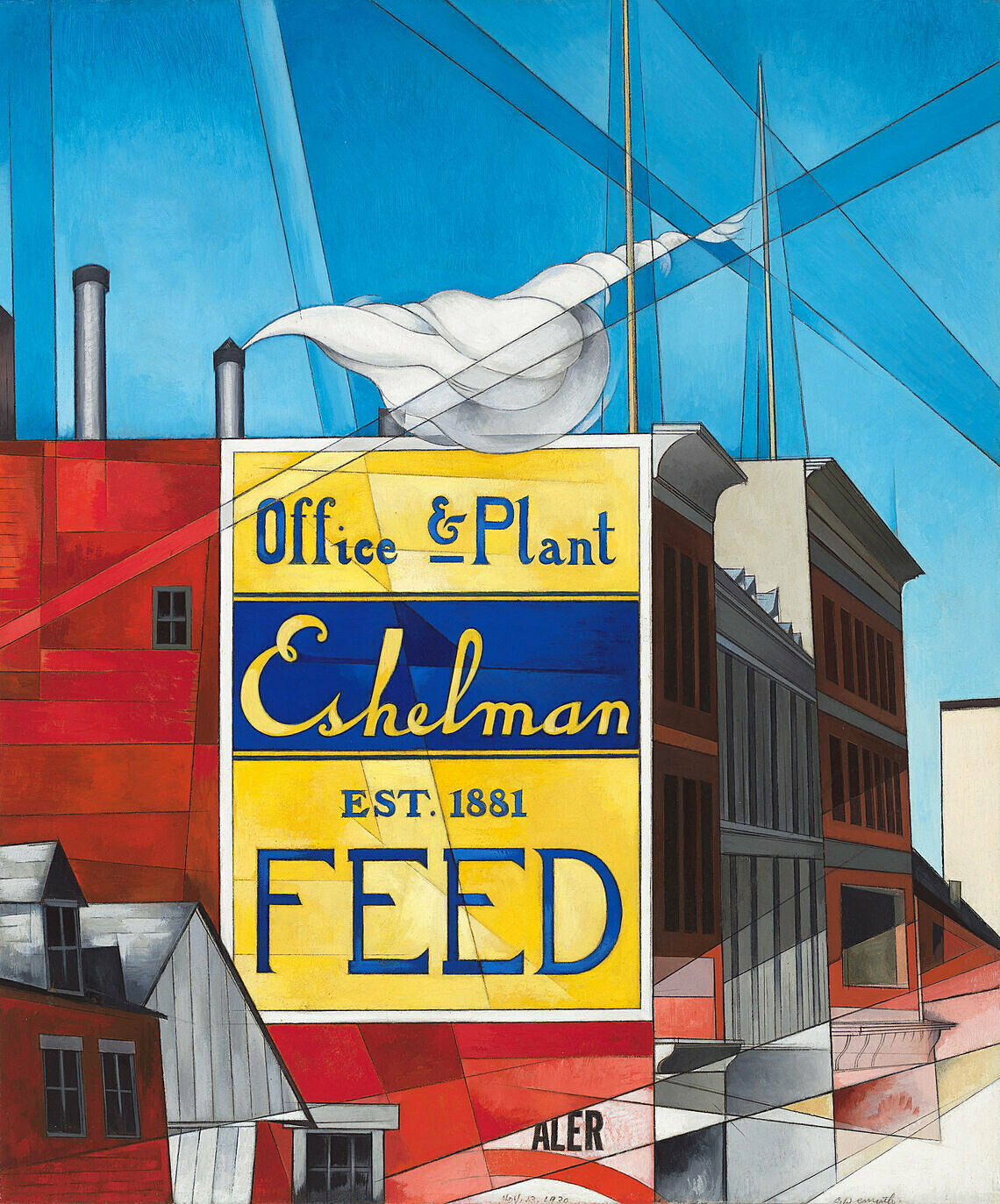Verbal Description: Edward Hopper, Early Sunday Morning, 1930
Aug 21, 2017
0:00
Verbal Description: Edward Hopper, Early Sunday Morning, 1930
0:00
Narrator: All you’re looking at here is a block of brick storefronts with apartments above them. The title, Early Sunday Morning, may explain the emptiness of the street, but it can’t explain the emotional pull of the painting.
When Edward Hopper made this image in 1930, he based it on a real street he knew—Seventh Avenue South in Greenwich Village. But he’s made it look like any main street in any small town anywhere in America. Notice the storefront windows. They have lettering on them, yet Hopper doesn’t let you make out what the letters say. Hopper is an artist of universals, not particulars; he doesn’t want to be that specific.
Now look up at the windows on the second floor. Begin at the left. A yellow shade is drawn; another is half raised; further along, some of the windows are covered with darker window coverings; to the right, a few more have decorative curtains. Each is slightly different, hinting at a life being lived beyond our view. In this small detail, Hopper makes us acutely aware that the people are missing from the picture. As a result, the painting communicates a sense of loneliness.
At the upper right corner of the canvas, a small dark rectangle rises above the building—the suggestion of a skyscraper in the background. It doesn’t catch your eye at first, but once you notice it, the tall building changes the whole picture. A threat overshadows the otherwise quiet street. Sooner or later the juggernaut of commerce and technology will eradicate a small-town way of life.

